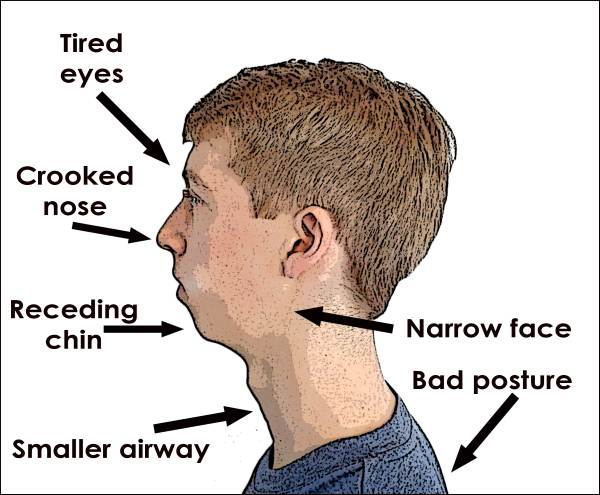Catching Flies or Catching ZZZ’s?

Why mouth breathing isn’t always cute
“Oh, he’s just catching flies.” This piece of flippant advice was given to me when my son was an infant. The observation stemmed from my son sleeping with his mouth open. Of course, this is a standard sleeping position for babies and can be quite normal if the baby has a blocked nose, for example. But when this behaviour is carried over extended periods of time, or even years, at what point does it go from ‘cute’ to concerning?
The Australian Allergy Centre highlights the facial growth and physiological health of children as two of the most concerning side effects of mouth breathing. They recognise that mouth breathing, if left untreated, not only changes the shape of a child’s face but can also cause their airways to obstruct, which can negatively impact sleep. Of course, we all know that interrupted or inadequate sleep impacts on many aspects of any person’s life. For children, this can mean a reduced academic performance, behavioural issues, and even stunted growth.
Physiologically, mouth breathing can also cause a child’s face to elongate by forcing the jaw into an unnaturally recessed position which causes the palate to narrow. This misshaped mouth then causes the teeth to cluster and become crooked. Throughout this whole process, the child may get consistent headaches. Mouth breathing also nullifies the body’s natural filter system: the nose, which can lead to the child becoming more susceptible to colds, tonsillitis, coughs and chest infections. A misshaped jaw and clustered teeth can also cause speech impediments, such as a lisp.

Source: Myfaceology.com
Now, to the good news: by simply observing your child in a relaxed state and asking yourself, “does my child sleep with his/her mouth open or closed?” you can begin to identify whether your child needs intervention before the adverse effects of mouth breathing take hold. Treatment for mouth breathing starts with a close examination of the mouth and throat. Often doctors will remove tonsils or adenoids believing that inflamed tonsils or adenoidal hypertrophy are the causes of mouth breathing. However, the cause can be as simple as a tongue-tie, which is why it is one of the first things we, at KIDS Mackay, we look for when attempting to diagnose the cause of your child’s mouth breathing.
If your child has been a long-time mouth breather, they may need second phase treatment to reverse the negative effects. The second phase of treatment can commence at 6-years-of-age. This may seem a little late, but the reason is that treatment is best left until a child’s adult teeth begin to erupt. Treatment at this age can still prevent the cascade of negative effects brought on by long-term mouth breathing. This form of treatment can involve the Myobrace system which is used to correct the misshaping of the palate.
For more information on mouth breathing, or any of the treatments mentioned above, please do not hesitate to contact us at KIDS Mackay. Alternatively, complete the form below, and one of our friendly team members will contact you.
References:
Bekir, S. (2017). Mouth Breathing Epidemic. Australian Allergy Centre [online].

Would you like more information on KIDS dental care? Please complete this form and one of our friendly team will get in touch with you.



